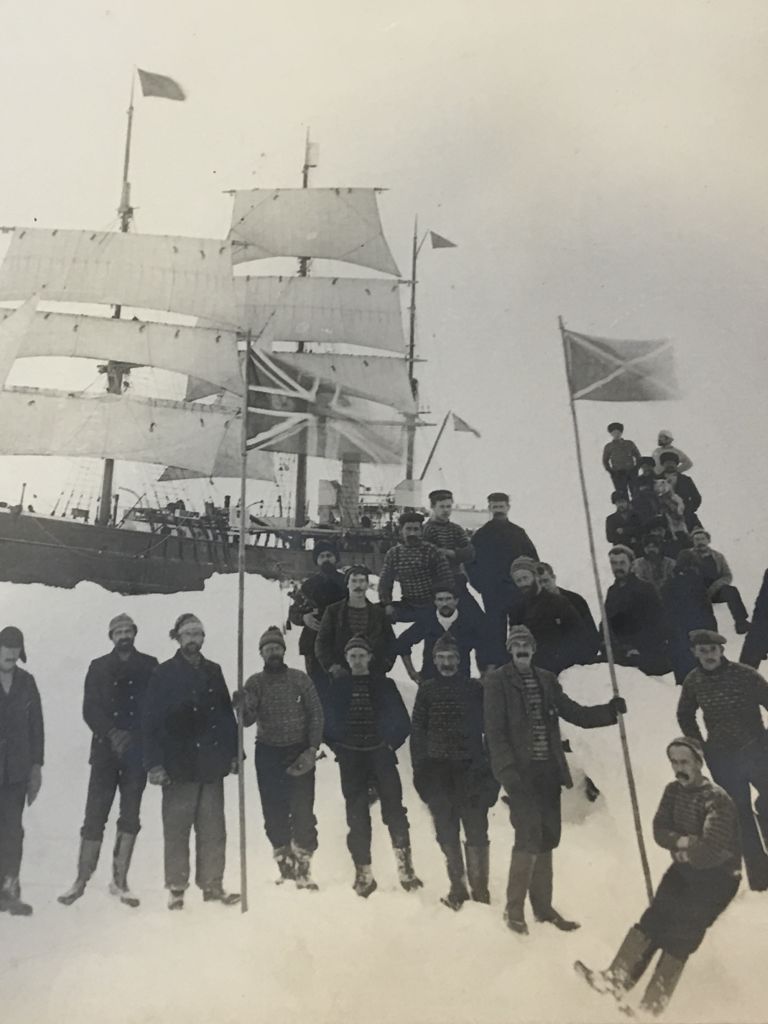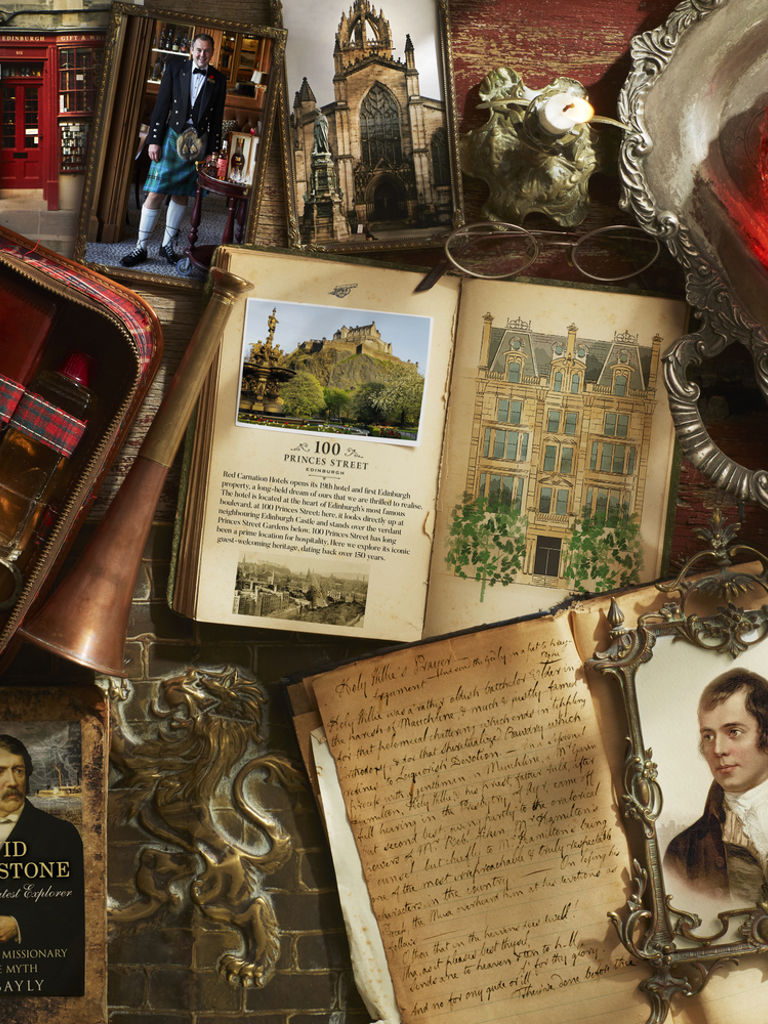
William Speirs Bruce: Scotland’s Antarctic hero
Historian Jo Woolf leads us through the remarkable story of William Speirs Bruce, a legendary Scottish scientist and polar explorer.

Historian Jo Woolf leads us through the remarkable story of William Speirs Bruce, a legendary Scottish scientist and polar explorer.
Learn more about our 100 Princes Street development and our plans to incorporate the histories of Scottish explorers past.
Discover more